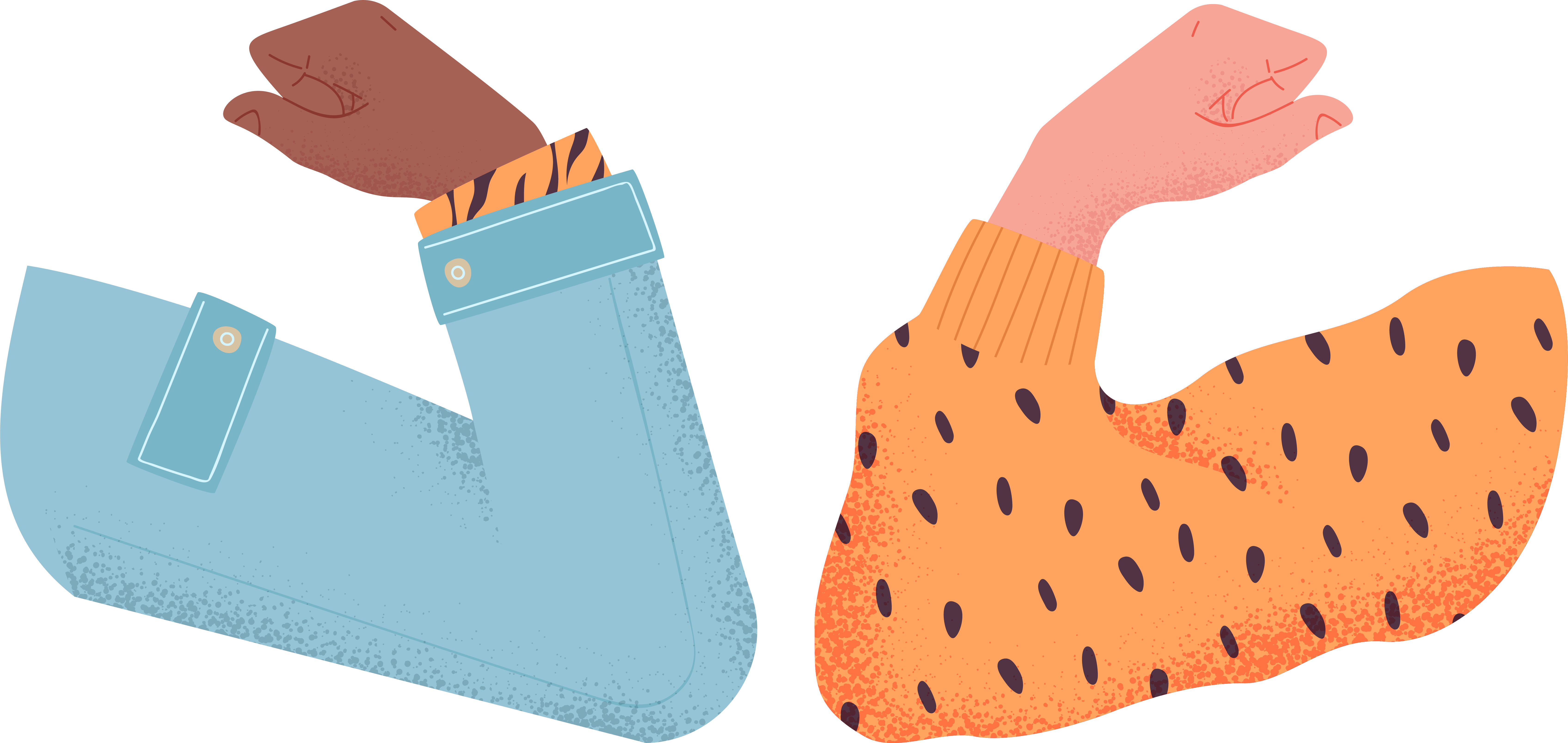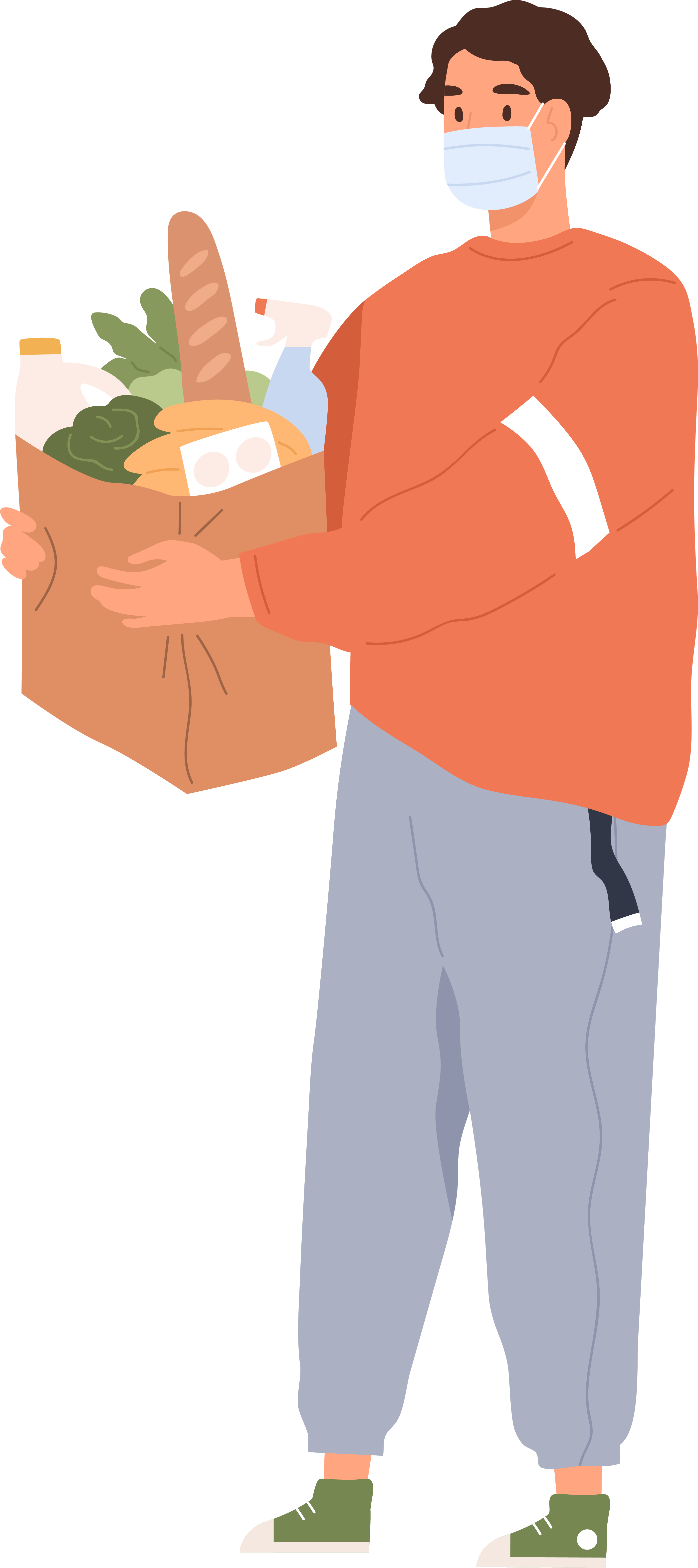Direct Connection
As brands have stepped in, consumers are reciprocating, seeking a more direct, closer connection to the brands they love, reinforcing feelings of comfort, convenience, and discovery.
After the start of the Global Pandemic, 22% turned to DTC websites/apps for food, either to find the comfort food they couldn’t find on grocery store shelves or to discover new products from the brands they love.
They were also more interested in ordering direct from restaurants (78%) and grocers (89%) vs. 3rd-party apps (60% and 75% respectively).
61% (71% of Millennials) recognized that restaurant loyalty programs made it easy to get comforting, familiar food.
Brands that successfully facilitate this kind of direct connection have the potential to thrive outside the moment, especially if the experiences are personalized and inspiring. Consumers want these types of experiences if the brand easily elevates their way of being. And they will reward those brands with loyalty.
Home As the Hub: Digital-Forward Strategy
The key to connecting with consumers at this level is a digital-forward strategy, as most brand connections are made from home, where digital has become the hub of knowledge and discovery.
51% used online sources more during the pandemic to find information about food in general as well as restaurants - a habit that has all the markers (emotional and functional) of becoming a more permanent change. The younger you are, the more likely this was to be true, with 63% of GenZ and 61% of Millennials who used online sources more during the pandemic than before.
Online reviews and recommendations were central to discovery, with 47% who discovered new brands this way.
Search was also critical, with 70% using search the same amount or more to find food & beverage information during the pandemic. Their reasons to search spanned their motivations, from
Comfort through “contactless delivery” (up 4,000% YOY in June, 2020)
[4] to
Convenience like “delivery restaurants near me” (up 1,000% YOY in November 2020)
[5] and “closest grocery store” (up 500% YOY August 2020) to
Exploration like “recipe videos” (up 2,000% YOY in June 2020)
[6].
These digital-first habits have all the markers of becoming permanent. A personalized, inspiring, brand-centered digital plan is critical to ensuring a place now and beyond this moment.
Moving From ‘The Now’ to ‘The Next’
Brands that successfully navigated all this are well positioned to outlast the moment, especially if they made it easy to reinforce new habits in an emotionally positive and inspiring way. As brands consider what is next, they ought to reground themselves in the motivations that matter, pandemic or not, while committing to a practice of staying one step ahead of, not only how, but also where brand experiences are having their biggest impact.
The “new normal” isn’t just the old normal with a mask on. Consumers have changed, and habit formation research can help you translate these changes into business opportunities. Learn how by downloading our ebook,
Why Habit Formation Should Guide Your Brand Strategy.
If you’re ready to talk about how your consumers’ habits have changed,
contact us.













